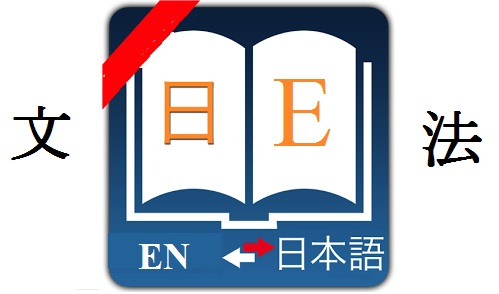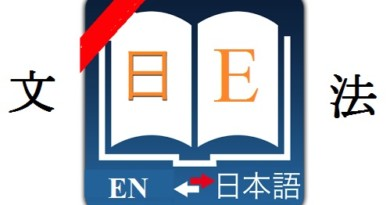Japanese やっと grammar yatto
Let’s learn Japanese やっと grammar yatto :
Formation :
Meaning and how to use :
Describe the meaning “the speaker finally get what he/she wants after overcoming hardships”. In addition, this structure also implies the speaker’s mood such as “joy” and “relief” after a long time.
Example:
この国の第一鉄道はやっと完成されました。
Kono kuni no daiichi tetsudou ha yatto kansei saremashita.
The first railway of this country was finally completed.
試験日はやっと終わった。
Shikenhi ha yatto owatta.
The test day is finally over.
やっと親は私の計画に賛成した。
Yatto oya ha watashi no keikaku ni sanseishita.
My parents finally agreed with my plan.
やっと船は北海道に到着した。
Yatto fune ha hokkaidou ni touchakushita.
The ship finally arrived in Hokkaido.
やっとタイ料理が出来上がった。
Yatto tai ryouri ga dekiagatta.
Thai food was finally finished.
Note:
+) This structure is used more in form of「やっとVた」 .
+) This is the same as 「ようやく」、「とうとう」、「ついに」.
+)「とうとう」and「ついに」can be used for both desirable and undesirable things, but they only describe the wishes of the speaker.
+)「やっと」 and「ようやく」used in cases the speaker want her/ his wish to come true, so it is not possible to describe things that finally cannot be done.
Above is Japanese やっと grammar yatto. If you don’t understand the signs we used in formation, you can find their meaning here : signs used in Japanese grammar structures.
You can search the structure you want by using the search tool on our website (using key : grammar + ‘structure name’ or you can find more Japanese grammar structures in the following category : Japanese grammar dictionary
